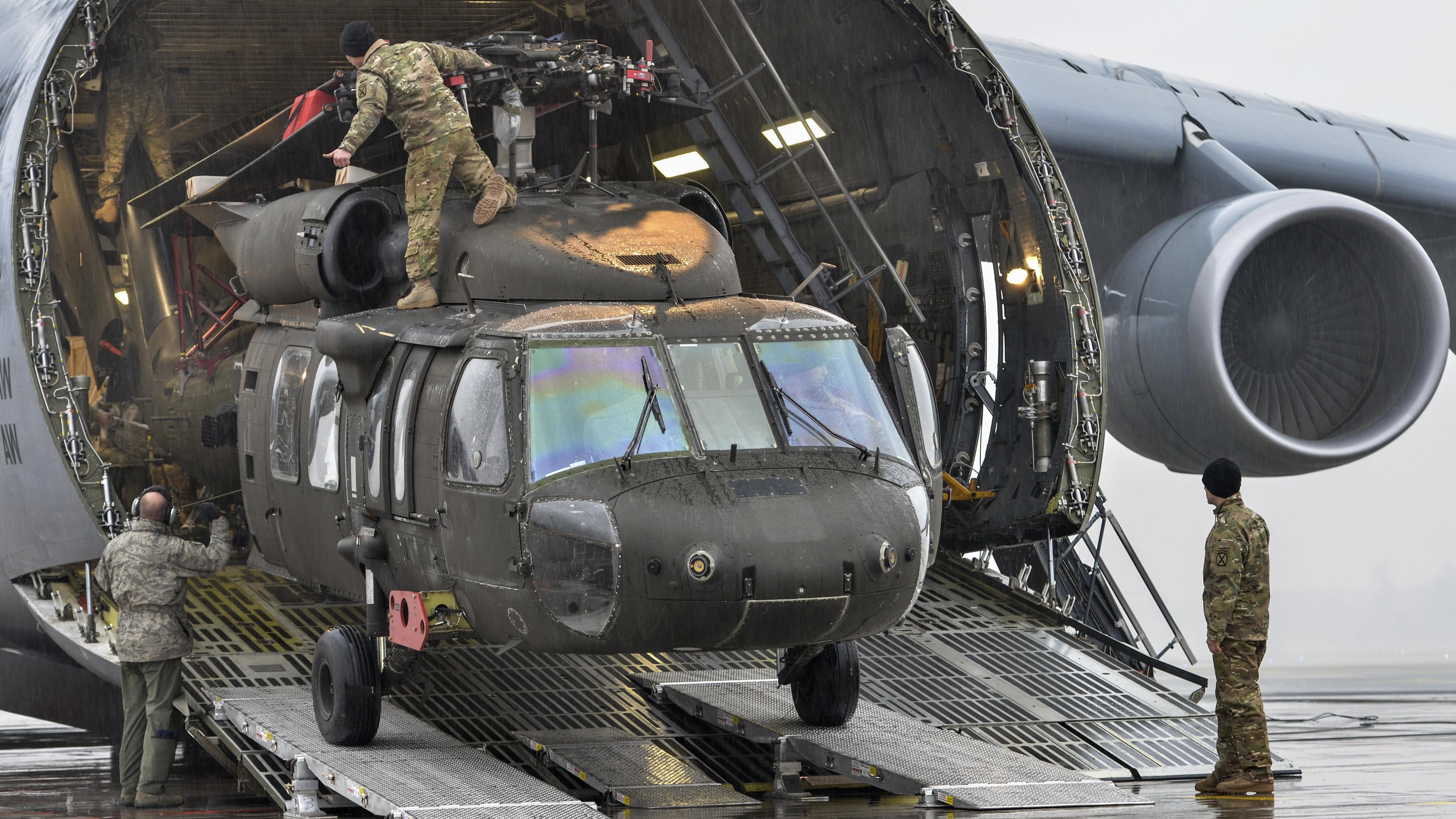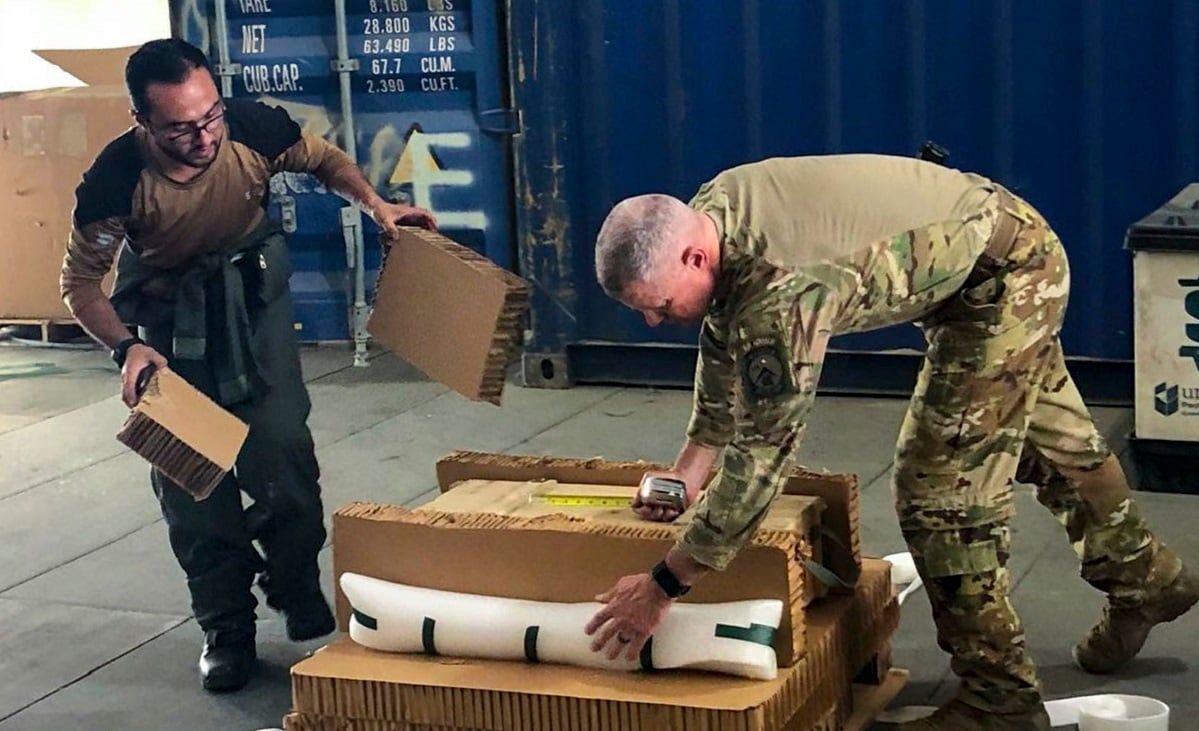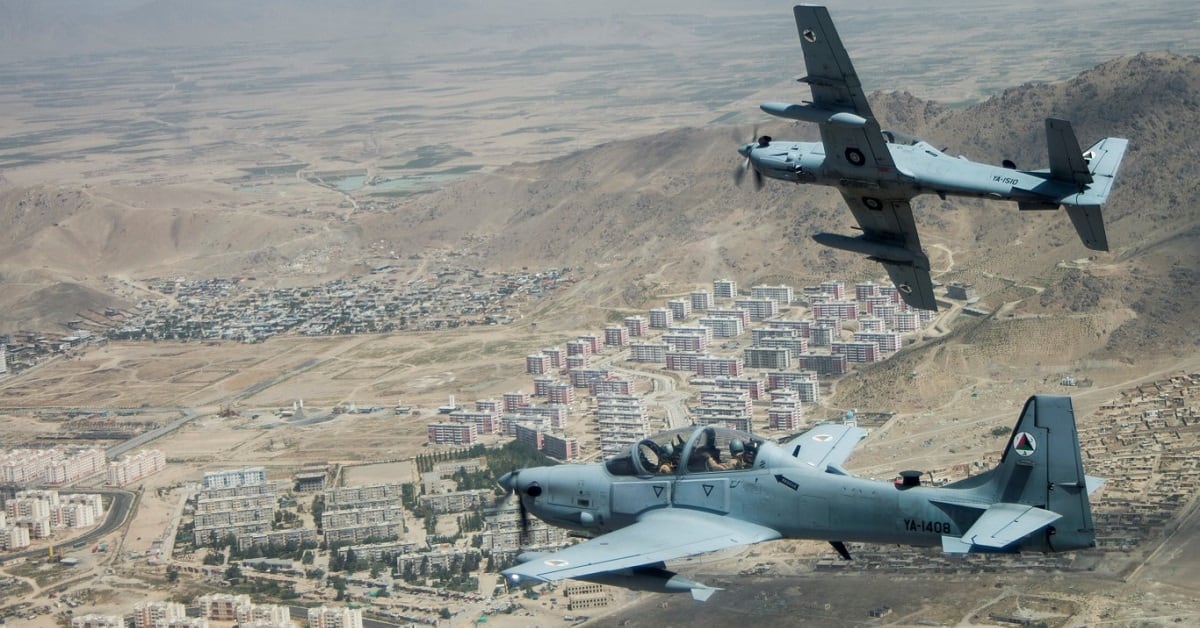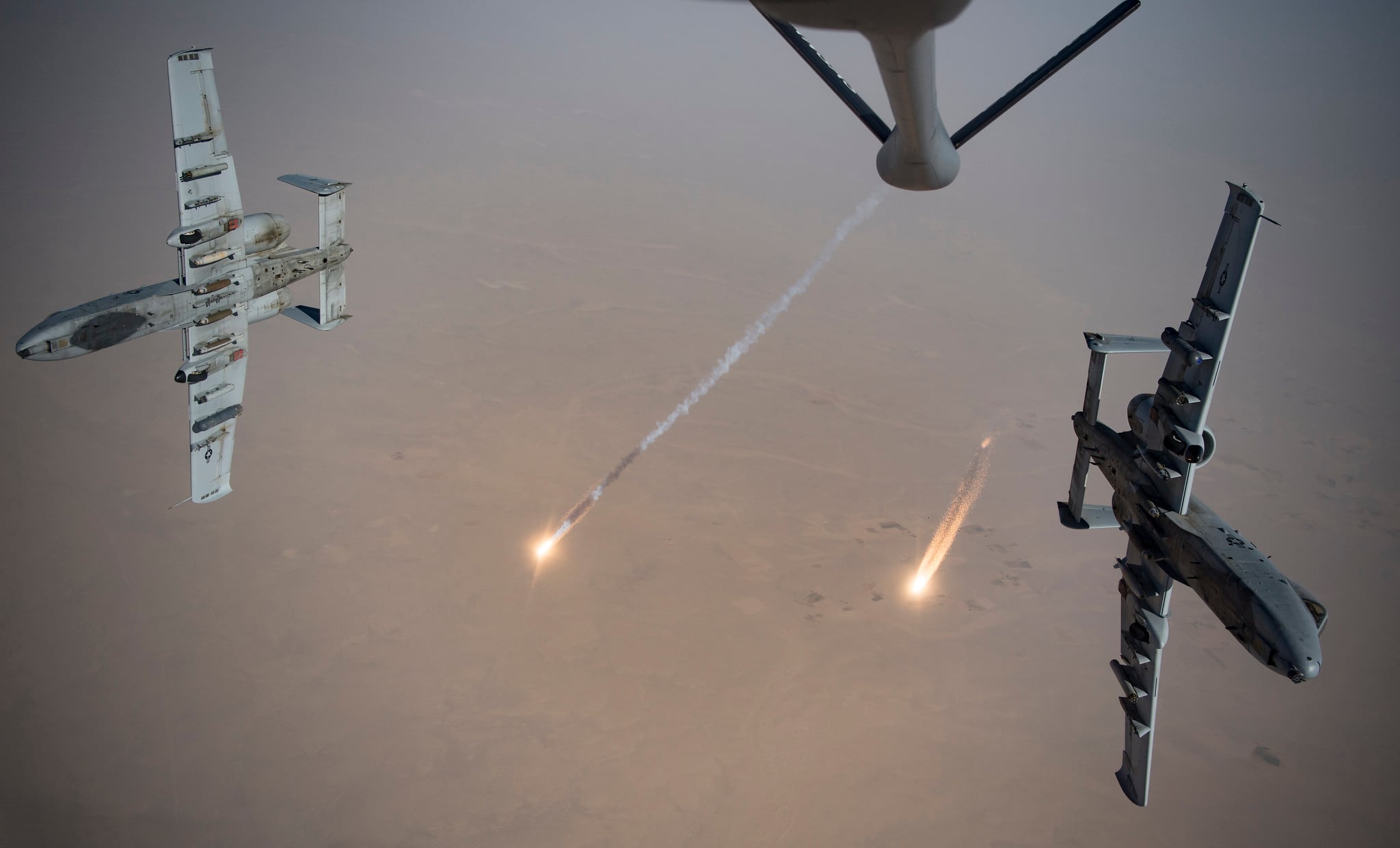U.S. aircraft dropped more bombs in Afghanistan in the month of August than during the past six years for that month as peace negotiations between the Taliban and U.S. entered into the final stages.
According to an airstrike roll up provided by U.S. Air Forces Central Command, U.S. aircraft dropped 783 munitions in August.
That month, Taliban forces launched a deadly siege on the northern Afghan city of Kunduz even as Taliban and U.S. negotiators continued to forge forward with an agreement to end the nearly 18-year long war.
B-52s were postured to respond to Taliban assaults of several urban centers that occurred in late August to early September but were not used, military officials said.
The Taliban failed to capture Kunduz and other urban centers during its offensive blitz, and President Donald Trump eventually pulled the U.S. out of peace negotiations with the militant group in September.
As the U.S. war in Afghanistan enters its 18th year, U.S. aircraft still appear to be doing much of the heavy lifting from moving cargo to conducting deadly strikes on Taliban and ISIS positions.
RELATED

With several months left in the year, U.S. aircraft are on track to drop more munitions than the surge years from 2010 to 2011 in Afghanistan, which saw nearly 100,000 American troops operating in the war-torn country.
There are roughly 14,000 U.S. troops deployed to Afghanistan today.
As of August, U.S. aircraft have dropped 4,483 munitions in Afghanistan. In 2010 and 2011 — the height of America’s involvement in Afghanistan — aircraft dropped 5,100 and 5,411 bombs respectively.
U.S. aircraft dropped 7,362 bombs in Afghanistan in 2018 — meaning the last two years of U.S. aerial operations in Afghanistan are shaping up to be the most intense air campaign in the country since the surge under then-President Barrack Obama.
The numbers are staggering, and indicate that Afghan forces are still at the mercy of U.S. air support despite years and millions of dollars invested into the Afghan air force.
For the U.S. to pull out of the conflict, the Afghan air force must be capable of launching real time close-air support for maneuvering ground forces. Afghan aircraft must also be able to resupply remote outposts across the country.
But Capt. Samantha Morrison, an AFCENT spokeswoman, says the Afghan air force has made progress. The Afghan air force “no longer require direct coalition support for routine operations,” she explained.
RELATED

“The AAF is able to plan and execute successful air operations to further the security of Afghanistan and the legitimacy of its government without direct collation support,” Morrison said.
According to a July DoD report on Afghanistan, the AAF has about 162 total aircraft in its fleet, but not all those aircraft are in country.
The numbers appear low, considering in 2017, the U.S. military embarked on a plan to provide Afghanistan with 159 UH-60 Black Hawk helicopters.
The status of the plan is unknown, officials with Resolute Support have yet to respond to a Military Times’ question about the Black Hawk plan.

But, the recent DoD report says thus far, only 28 Black Hawks have been delivered to Afghan forces with 27 UH-60s available in country.
The DoD report said the U.S. is delivering two UH-60As a month and five armed MD-530s per quarter.
Attack assets in the Afghan air mix include 30 MD-530 helicopters, 19 A-29 Super Tucano turboprop planes, and 10 AC-208s with precision strike capability. The AAF also has four C-130s and 37 Mi-17 transport helicopters.
According to the DoD report, the fixed-wing A-29 aircraft recorded its first ever night strike in December 2018.
On Sept. 8, Secretary of State Mike Pompeo said more than 1,000 Taliban fighters were killed over a 10-day period.
At a Pentagon 9/11 ceremony Trump said that the U.S. was hitting the enemy in Afghanistan “harder than they have ever been hit before.”
RELATED

In mid-September, Afghan President Ashraf Ghani boasted that nearly 2,000 Taliban militants were killed following failed attempts to capture Kunduz and Baghlan.
“Our mission in Afghanistan has not changed,” Morrison said in response to a question from Military Times regarding whether strike authorities had been expanded in Afghanistan.
“Every member of the Resolute Support and Operation Freedom’s Sentinel missions serves to protect our homelands and to prevent Afghanistan from again being used as safe haven by terrorists,” Morrison said.
Shawn Snow is the senior reporter for Marine Corps Times and a Marine Corps veteran.





